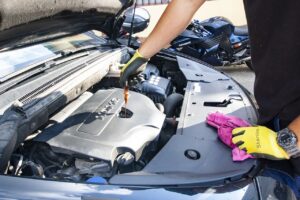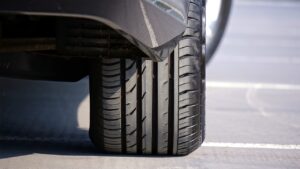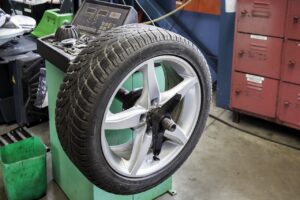
A car that does not drive for several months may pose a hazard or develop mechanical or electrical problems. Whatever the reason for stopping, be careful with a vehicle that has not been used for a long time. Batteries, tires, brakes, tanks and even the engine can suffer significant and sometimes irreversible damage if the car has been immobilized for too long. The risk of failure occurs especially during ignition after a long period without use. They absolutely must not be taken lightly. What are they? How to prepare your car for a long time without driving? What to do during the first ignition? To avoid any inconvenience, we offer you a complete file on cars in prolonged stop.
The discharge of the battery
Even if the engine is not turned on, a car’s battery will discharge due to residual power losses. In the long run, the battery may be dead and you may not be able to restart. If so, you have several options. With a battery charger: if you have a battery charger, you can plug it in and connect it to the discharged vehicle battery. Let it charge for at least 12 hours.
This video can explain it more:
With jumper cables: Otherwise, if you have starter cables, you can connect them to the battery of another vehicle. Connect red wires to positive battery terminals and black wires to negative terminals. Once the 4 lugs are connected, start the emergency vehicle and accelerate to transfer power to the discharged battery. After a few seconds, you can start your car. It is recommended to drive at least 20 minutes for the alternator to fully charge the battery that was flat. Our advice in the event of an extended stop: if you are going to not use your car for a long time, unplug the positive terminal from your battery. This will prevent any leakage of current and when restarting, your battery will still be charged.
The hand brake and the fuel tank
If the hand brake is held in place for too long, it may lock. The jaw springs may remain locked and you will have difficulty releasing the hand brake when you reuse your vehicle. Our advice: don’t put your hand brake on if your car has to stay immobilized for several weeks. However, don’t forget to put chocks behind the wheels to block the vehicle. You can use wooden strips or large bricks.
Whether it runs on diesel or gasoline, your car’s tank accumulates impurities. These particles settle at the bottom of the tank and can be transported to the engine after a long period without rolling. The consequences can be disastrous. It is therefore extremely important, when you leave your vehicle immobilized for several months, to keep a certain amount of fuel in the tank. A half or three-quarters full is usually enough to prevent your engine from sucking in unwanted particles on restart.





